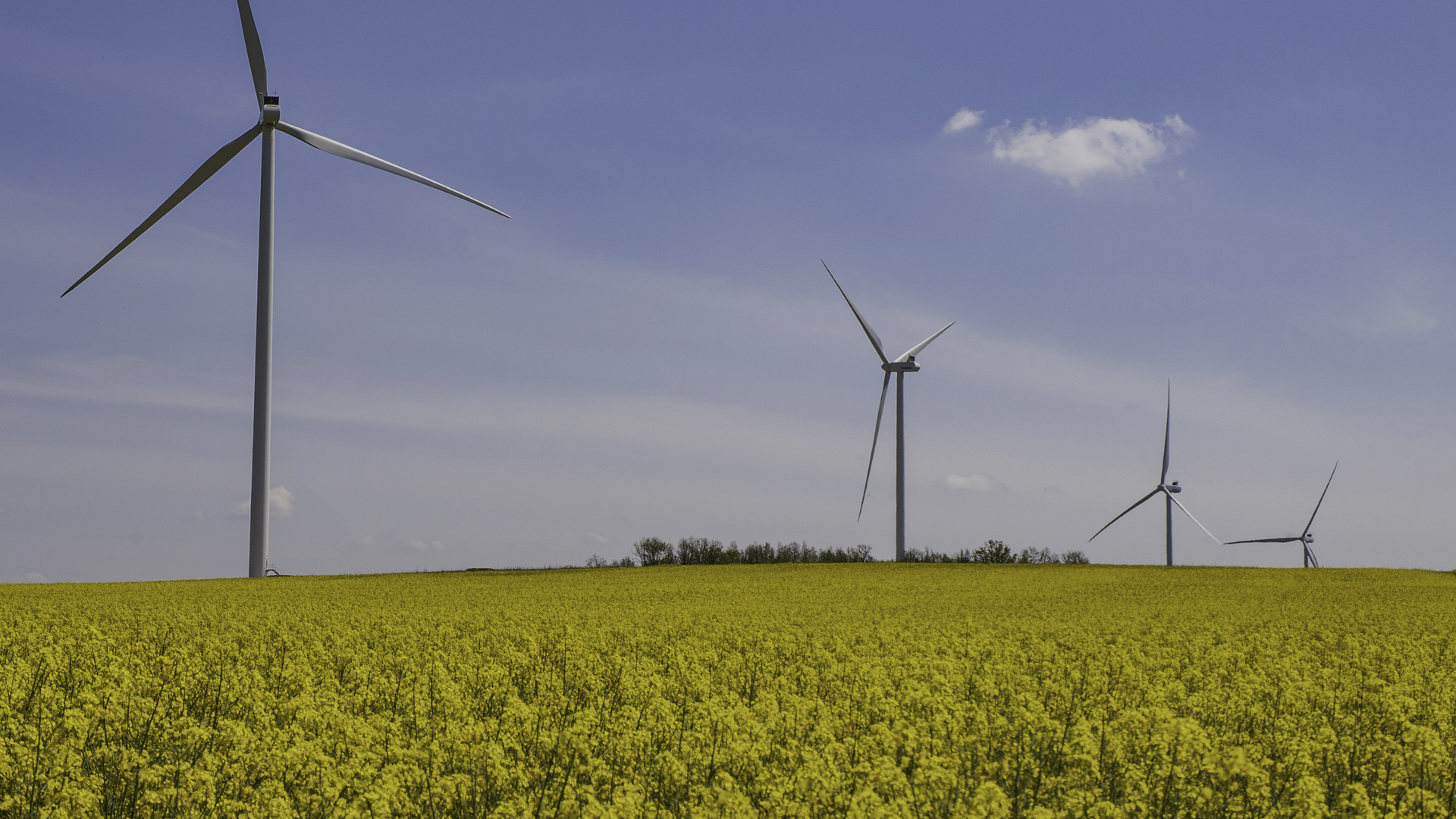02.04.2018 | Property reversion and new concessions for hydropower plants
Hydropower does not come free
Anyone who wants to harness hydropower in Switzerland requires a concession. In the upcoming decades the concessions for a dozen Swiss hydropower plants are due to expire. Either the property reverts back to the community or a new concession is required. In light of hydropower’s importance in ensuring reliable security of supply in Switzerland – this raises a number of questions.
In order to build and operate hydropower plants, energy producers like Axpo need a concession from the canton and/or the community where the water used in the specific hydro plant comes from. These concessions allow energy companies to use the water. As a rule, a concession has a term between 40 and 80 years. These long durations make it possible for operators to recoup investments over a long period of time. In turn, the concession-granting cantons and communities receive water taxes from the energy producers. This amounts to about CHF 550 million per year (see box below).
Pending reversion
Our graphic indicates: In the next decades, a number of concessions for hydropower plants in Switzerland will expire. Axpo will also be impacted. Not long ago Axpo had to renew the concession of the hydropower plant Klingnau, 2020 Reckingen is due (20 % of it belong to Axpo) and 2022 the turn is for the hydropower plant Beznau.
According to the current valid regulations (Water Rights Act) a power plant reverts to the community, respectively to the canton, where it is located when the concession expires. The following applies in the case of a reversion: The wet components (dams, pressure pipes, turbines) are free; the dry components (generators, transformers, control systems) can be taken over at a “favourable” price. The value of those part is regulated differently in each concession.
In the case the concession ends, there are two models for hydropower plants: The reversion or a waiver of the reversion. In such cases, reversion waiver compensation is usually claimed. For example, SBB paid six communities in the Lower Valais over CHF 300 million in order to continue operating two hydropower plants in Treinttal. In case of the reversion the communities, respectively the cantons have all options. Own use and marketing of the electricity. Or to tender the whole plant or a part of it to the highest bidding (new) partner.
Market model for reversion
Discussions on compensation for reversions must also be carried out by Axpo. However: "Due to the drastic changes in the energy market and the currently poor economic position of the hydropower plants, the sums that could be payed for the waiver of the conversion today are comparatively small or even zero," says Jörg Huwyler, Head of Hydrogen Division. Axpo can therefore currently not pay a "substantial one-time payment" based on possible positive electricity price developments in the long-term future. "A renunciation of the cantons" to a compensation or a "small one-off single payment" is also not realistic.
Huwyler therefore advocates new, market-driven models for reversions. These take account of the respective market prices for electricity and the production costs of the hydro power plant and are payed on a yearly base during the whole period of the concession instead in a lump sum at the begin, as this was the case so far . If prices are low and costs high, the payments will be small, if they rise in the future as expected and the production costs sink, the concessionaires can benefit. The payments are made annually either on the basis of the results of the previous year or are as a down payment and will be corrected according to the economic results of that year (the graph below illustrates the basic idea).
Knowhow is important
Aside from the legal aspects, economic issues also arise, for example, with which model a power plant can be managed efficiently, feasibly and professionally. The operation of theses types of power plants is complex. In the over 100 years since its founding, Axpo has been developing relevant know-how in this area. In addition to professional operation and maintenance, risk management and marketing expertise are also crucial. In addition, financial resources are needed to leverage production shortages and risks according to a fact sheet published by the Swiss Association for Water Management.
Sixty per cent of Switzerland’s power comes from hydropower. It is also plays a significant role according to the Energy Strategy 2050. So it is important that pending reversions and concession renewals do not endanger existing production and create additional investment incentives on the power market. The aim in the pending renewals is to find solutions that are beneficial to all among the partners, communities and operating companies. So that Swiss hydropower can remain a key, nearly CO2-free energy in the future!
Water rates
Hydropower plants pay to utilise the resource water with a water tax. The canton and communities within the range of the hydropower plant earn approx. 1.6 cents per kilowatt-hour of generated power. The government sets the maximum rate independent of the income situation of hydropower production. Eighty-four per cent of these water taxes go to the Cantons of Valais, Grisons, Ticino, Berne, Aargau and Uri – and in part on to the communities within the range of the power plants. For these regions, water tax payments are very important and make a significant contribution to their financial budget. In numerous communities, the income from water taxes is 20-40 per cent of income from taxes and fees.

